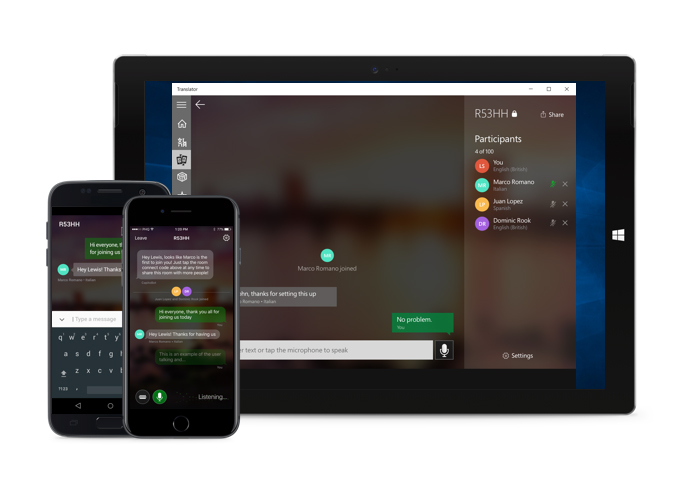
Most tech-savvy individuals need at least one translator app on their smartphone while travelling. Notably, it's Google Translate. But Microsoft wants to leverage AI further to make translating even better.
While the world is becoming a connected sphere, there are still places where connectivity is an issue. Most translator apps do work offline, but they can’t use the sophisticated machine learning algorithms in the cloud that typically power them.
This was also the case for Microsoft's Translator app. But with an update, the app can run a slightly modified version of its neural translation while it's not connected to the internet.
And what's interesting about the update is that, Microsoft has made Translator to work offline using AI, without the needs for an AI chip to be built inside users' smartphones.

To do this, Microsoft uses an AI-powered neural machine translation that the company introduced back in 2016. The neural network is capable in using machine learning to provide better results than earlier efforts, but requiring internet connection.
To make the app work offline, the team at Microsoft faced a challenge: optimizing the algorithms so they can run on smartphones.
Since a mobile platform is also more limited if compared to a data center, the team had to also shrunk the models a bit. So by the time users are offline, chances are they can still see a few more translations aren’t quite right compared to when they're online.
Microsoft first tested the on-device neural translation using Huawei, which has started including its homegrown AI co-processor in its Mate 10 and Honor 10 phones.
But with the advance of technology and "a lot of careful engineering", Arul Menezes from Microsoft said that these models can run even without dedicated AI hardware.
The company promises that the AI is 23 percent better, with language packs that are 50 percent smaller than the previous non-neural offline language packs. The company also promises that the difference in quality between online and offline translation is barely noticeable.

Menezes said that the translation packs are "dramatically better", capable in delivering more human-like translation than the previous ones, which relied on an older approach to machine translations that has been far surpassed by machine learning-based systems.
"The gap between the neural offline translation and the previous translation quality with our older models is huge," said Menezes, adding to the comparison of quality between Microsoft’s translation services to Google’s.
With this update, Microsoft is also making these offline capabilities available to other Android app developers who want to use them in their apps. This allows apps to call Microsoft Translator app in the background, get the translation and then display the results to their users. And when offline, the app will use the offline translations, and will send the queries to Microsoft cloud once they're online.
Initially, the Translator app has updated language packs for Arabic, Chinese-Simplified, French, German, Italian, Japanese, Korean, Portuguese, Russian, Spanish and Thai, with others to follow.